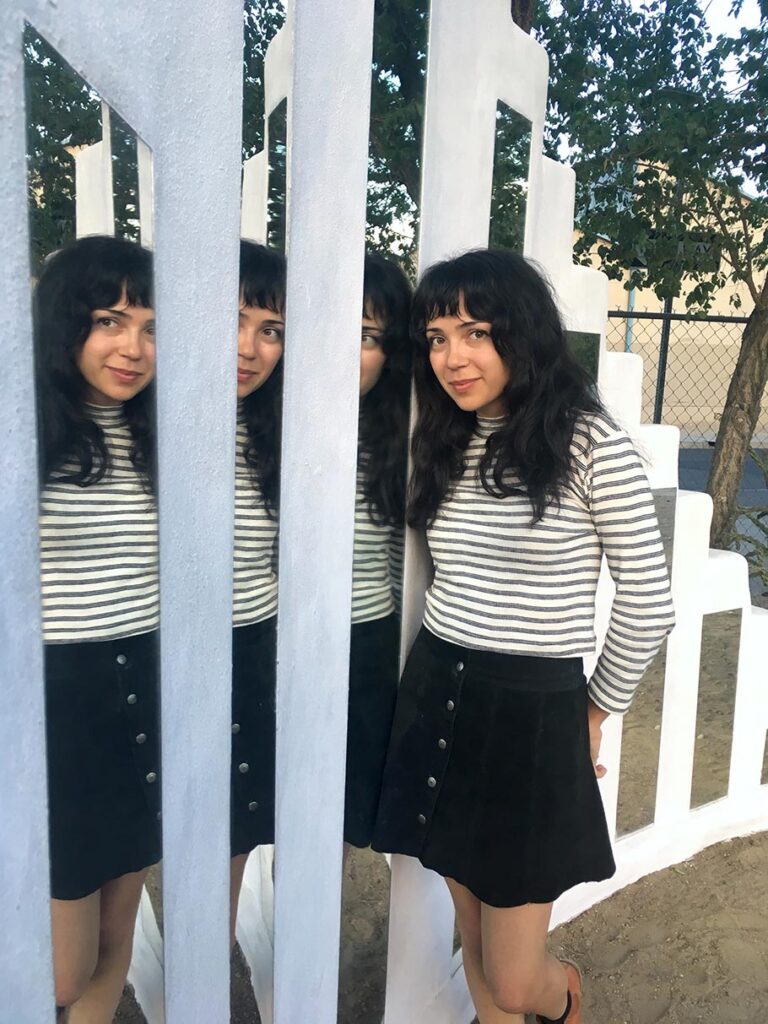Culture Shock: Brick By Brick
Artist Joanna Keane Lopez Makes Contemporary Installation With Traditional Techniques


Artist Joanna Keane Lopez with her piece "Resolana"
Matt Adams








